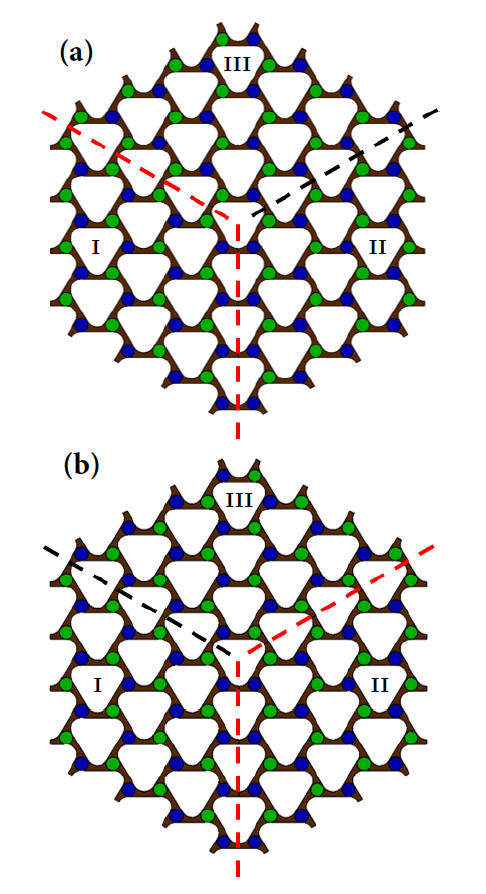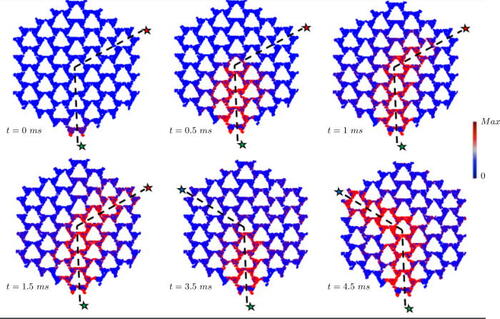This mechanical topological insulator (TI)-based multiplexer/demultiplexer for acoustic waves addresses the significant challenges of signal loss when implementing guided-wave technologies in mechanical systems. Georgia Tech’s innovation leverages the ability of mechanical TIs to provide efficient and robust signal transport supported by backscattering-immune topological protection. Combined with programmable switches, this first-of-its-kind device enables acoustic waves to travel efficiently from an input source to multiple output receivers, or vice versa. The device could be ideal for use in wave-based devices and may complement widely-used mechanical filters such as ubiquitous surface acoustic wave (SAW) devices used in communications instruments, radios, and computer peripherals.
- Novel: Offers the first known design of its kind, addressing the signal loss challenges of applying acoustic wave technologies to mechanical applications
- Practical: Enables potential development of a single mechanical platform to accomplish both filtering and channeling using inexpensive components that avoid high battery usage
- Signal-protecting: Guides waves from input(s) to output(s) with minimal signal loss and topological protection from backscattering
- Robust: May potentially be used in hazardous or harsh environments (such as those with high temperatures or high dynamic loads) that would be problematic for traditional computing solutions
Georgia Tech’s device may serve as a stepping stone towards mechanical channeling of information to complement widely used mechanical filters (e.g., SAW devices) for:
- Radios
- Computer peripherals
- Cell phones, smart phones, and other communication devices
- Computing solutions for harsh environments (e.g., high temperatures, high dynamic loads)
How it Works
Georgia Tech’s device employs three locations for transmitter/receivers and a set of controllable switches. Triangular arrays of circular piezoelectric disks—each bonded to an aluminum host medium and shunted through external circuits with equivalent negative capacitance—break inversion symmetry and create topologically-protected interface states. Acoustic waves travel efficiently thanks to these dynamic topological interfaces. The interfaces direct information sequentially from an input to two outputs (demultiplexing), or from two inputs to an output (multiplexing).

Schematic of Georgia Tech’s proposed multiplexing and demultiplexing device. The device consists of three subdomains, each composed of an array of 4 x 4 unit cells. In the two sub-figures, blue disks depict Lead Zirconate Titanate (piezoelectric ceramic materials, or PZTs) disconnected from their circuits, and green disks depict PZTs connected to their external circuits. (a) Operation in which subdomain III experiences the same symmetry condition as subdomain II. (b) Operation in which subdomain III experiences the same condition as subdomain I. For both subfigures, red dashed lines represent a topological interface supporting wave propagation, and black dashed lines represent boundaries between two domains with identical symmetry.

Georgia Tech’s proposed device in operation as measured experimentally.
